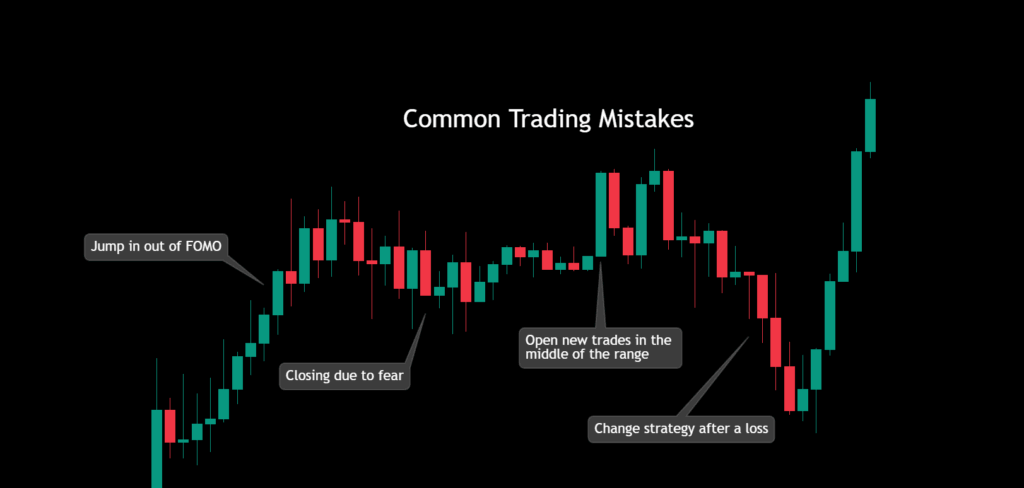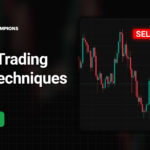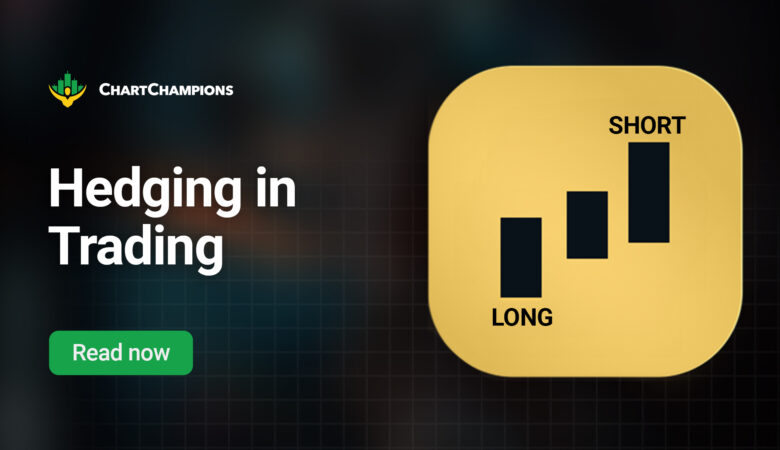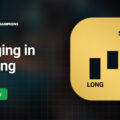Most traders lose money, even after mastering charts, indicators, price action, and proven trading strategies. The reason traders fail is that they lack a solid trading psychology strategy. More often than not, your mindset is what determines success or failure in the market.
In this guide, we’ll reveal the top psychological tactics we use at Chart Champions and show you how to build the mental discipline needed to achieve clarity and confidence in trading.
Why Mindset Sabotages Good Trades
The initial focus in trading is usually on the technical side—candlesticks, support and resistance, indicators like Fibonacci, VWAP, or EMAs. These tools are most effective when the market is trending. But as soon as the price stalls in a range, most traders start to panic.
The most common trading mistakes are:
- Open new trades in the middle of a range; price gets stuck, and we panic, closing the trade at a loss.
- Closing trades due to fear. Yes, fear can lead us to close a perfect trade setup.
- Jumping in out of FOMO just to ride hype waves is a common mistake in trading.
- Changing strategies after a few losses instead of trusting the process.

This is what happens 95% of the time. In trading, losses don’t occur because the strategies are bad. In fact, many of them have a solid win rate.
From a statistical and risk management standpoint, you can be profitable in trading with just a 60% win rate and a 2:1 risk-to-reward ratio.
Still, the real issue isn’t the trading strategy; it’s that our mindset isn’t built to handle uncertainty.
A Three-Pillar Trading Psychology Strategy
At Chart Champions, we follow a three-pillar trading psychology strategy.
We train our emotions by establishing clear routines and setting defined rules that help strengthen our patience and discipline. All of this leads to the development of powerful new habits, reinforced by data and repetition.
Pillar 1: Emotional Control
Markets are emotional war zones. Staying cool is your first real edge.
Here are some of the best routines for emotional control in trading:
- Pre-market routines: Just like athletes before a game, take a moment to breathe, check the charts, visualise potential trades, and prepare your setups and key levels for the day.
- Journal every trade, including your emotions. Every setup is unique, even under the same strategy. Emotions can easily interfere with execution, so keep a log of how you felt, whether calm, nervous, grateful, or whatever it was. This helps during post-trade analysis.
- Set rules: Once your trading routine is in place, create a rulebook that allows you to step away when things aren’t going as planned. If you take three losses in a row, step back. Take a break. It’s key to cooling your emotions.
Mindset is a skill, and every skill improves with feedback.
Pillar 2: Patience and Discipline
Professional traders wait for high-probability setups. That’s exactly what we do at Chart Champions. We don’t chase trades, we let the trades come to us.
Here are the best practices to build patience and discipline in trading:
- Create strict entry criteria and stick to them. What needs to align for a setup to be perfect? Define all those variables in your entry checklist. If even one element is off, stay on the sidelines and wait for the next opportunity.
- Focus on 1–3 assets and study their behaviour. There are thousands of stocks, cryptocurrency assets, and markets available. Narrow your focus to just two or three and get in tune with how they move.
Less is more. In Chart Champions, we value the quality of trades over quantity.
Pillar 3: Confidence Through Repetition
Every trader can build their confidence through data, repetition, and reflection. Random lucky wins won’t lead you to the right path. Actually, they can seriously sabotage your confidence.
It’s not just about collecting stats for the sake of it. The real value lies in analysing your journal to pinpoint areas for growth.
Use the data from your journal to improve:
- Notice which trade types (scalp, swing, or day trading) consistently succeed.
- Identify emotional triggers behind bad decisions.
Then, adjust based on your actual strengths. If your journal shows that swing and day trades are consistently profitable, but scalp trades lack discipline or results, pivot.
Focus on what works. Double down on swing setups and hold off on scalp trading until you’ve built the mental discipline required for that style.
Conclusion
With a solid trading psychology strategy supporting your setups, you’ll dramatically increase your chances of long-term success. Avoid common trading mistakes and take control of your trading future, starting now, with the proven psychology strategy we use at Chart Champions.
Your mind is your weapon. Mastering trading psychology isn’t optional if you want lasting success. We know it, and that is why communities like Chart Champions exist: to help you build mental tools faster and smarter.


















Leave a Reply